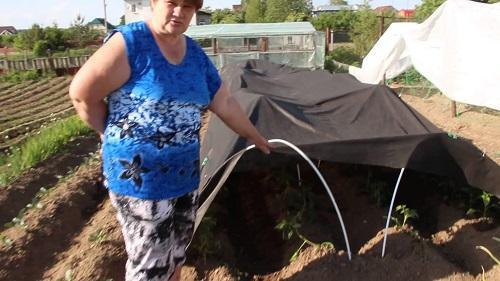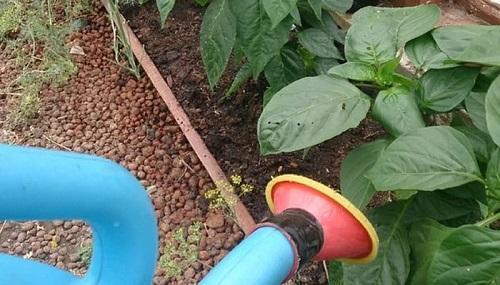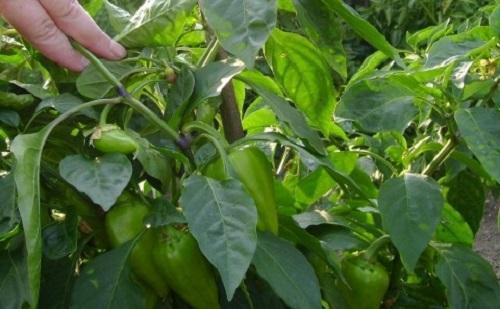Care for pepper seedlings after planting in the ground: highlights
The harvest of pepper depends on how correctly and in a timely manner certain measures were taken throughout the entire period of plant development. After the sown seeds turn into strong bushes, the next stage begins - planting pepper in the garden and further caring for it. And here it is important not to make mistakes so that the care of young plants is timely and correct.
So, caring for pepper seedlings after planting in the ground includes:
- protection from night frost;
- regular watering;
- top dressing;
- the formation of bushes.
Protection against temperature drops
Young seedlings, just planted in open ground, react very sharply not only to night frosts, but also to low daytime temperatures. At 15 degrees Celsius, the flowering period for the culture begins somewhat later.
To protect heat-loving plants, it is recommended to cover them. To do this, over the garden it is necessary to form a kind of opening greenhouse: install the arcs and pull the film on top.
Watering rules
After watering the seedlings during transplanting, the next time you need to moisten the soil after 5 days. Further watering is carried out once a week. One bush will require 1 to 2 liters of liquid. During the ripening phase of fruits or during a drought, the frequency of watering should be doubled.
It is best to moisten the soil in the morning using warm, settled water. Cold water will stop the peppers growing and will mature later. After watering, loosen the ground under the bushes. Watering should be stopped 10-14 days before harvesting.
So that moisture from the soil does not evaporate so quickly, the garden bed can be covered with mulch (straw).
Pepper dressing
For the entire time of the development of the culture, it is necessary to fertilize it at least three times:
- After disembarkation (in 10-14 days). To make the seedlings grow, make nitrogen fertilizing urea (for 10 liters of water, 1 tsp of the preparation) or a solution of superphosphate and urea (1 tbsp. each for the same amount of water).
- During the flowering period. Repeat top dressing with urea and add wood ash (1 tbsp. Per 1 sq. M).
- After fruit setting. Water the plants with a solution of superphosphate and potassium salt (for 10 liters of water, 2 tsp of each preparation).
If necessary, the amount of dressings can be increased (depending on the condition of the plants).
Fertilization should be done on the second day after the seedlings have been watered so that the soil is still moist.
Formation of bushes
In order for the peppers to grow large and evenly ripe, the growing bushes must be formed. When the plant grows to 25 cm in height, cut off the top. The lateral shoots that appear as a result of pruning should also be thinned out, leaving up to 6 branches.
Experienced gardeners recommend re-cutting the top of the bush in the first ten days of August if early autumn is predicted with frosts in September. This is done so that the harvest has time to ripen.